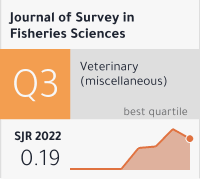A Geographical Analysis Of Crop Combination Region In Pune District, Maharashtra.
DOI:
https://doi.org/10.53555/sfs.v9i1.1948Keywords:
Agriculture, Agricultural region, Crop Combination, Sustainable development.Abstract
The study of crop combination regions constitutes an important aspect of agricultural geography as it provides good basis for agricultural regionalization. This type of study is useful for regional agricultural planning for sustainable development. Weaver's crop combination study in geography is fruitful in many ways. Firstly, this technique provides an adequate understanding of individual crops. Secondly, combination is itself an integrative reality and lastly, crop combination regions are essential for the construction of more complex structure of vivid agricultural region. This crop combination technique has great importance in regional agricultural planning. In order to demarcate crop combination regions Weaver in 1954 devised the least standard deviation. In this technique actual percentage of the cropped area occupied by the different field compared with the theoretical distributions in which cropped area is equally divided among the component crops in an enumeration unit. With this procedure it is possible to establish and designate crop combinations which are come into existence because of closest resemblance in theoretical distribution of crops and actual percentage of crops. The present paper result of crop combination identified that the number of crops in combination has increased northern part and eastern part of the study region, means that increase facilities and sources of irrigation; other hand increases the number of crops in combination.









